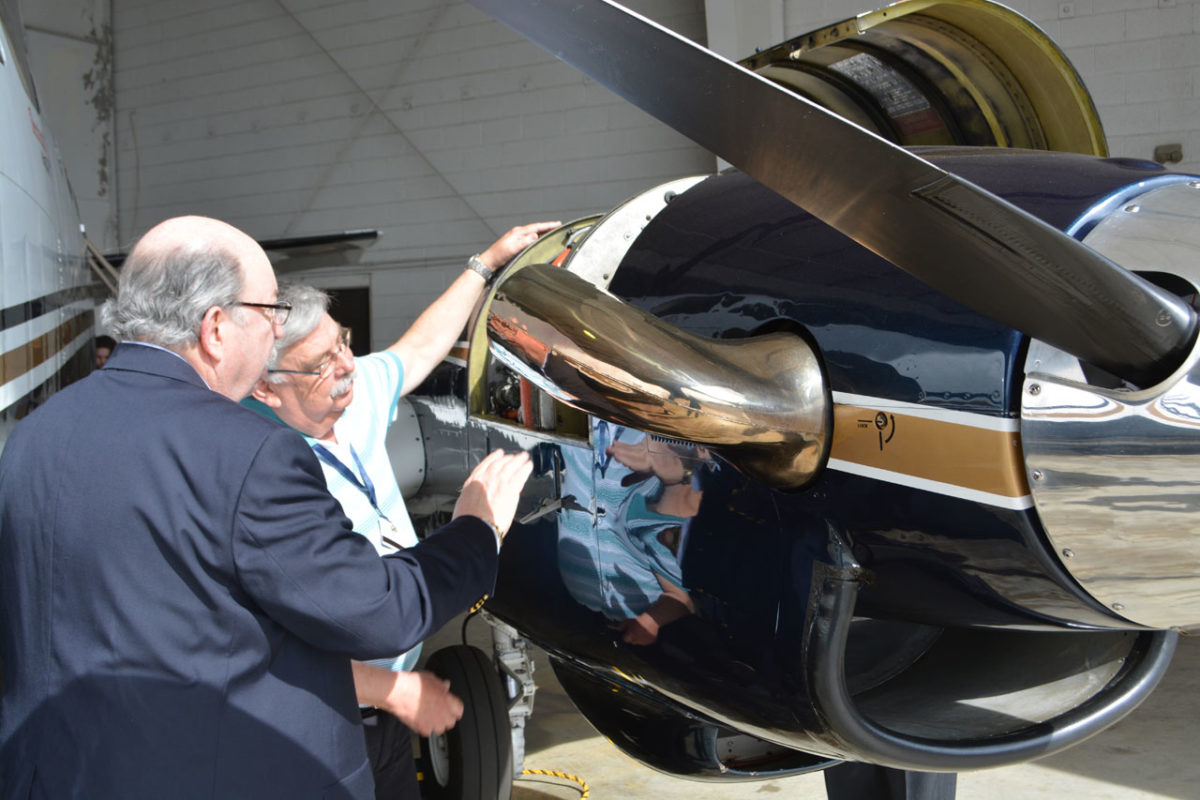There has been ‘much ado’ about aviation maintenance Safety Management Systems (SMS’s) since their debut over a decade ago. A great deal of the attention has gone to SMS implementation in the Flight Operations arena and it’s been a positive story.
But what has been the experience in implementing SMS systems in aviation Maintenance organizations? Is the picture in Maintenance as bright? What results have been achieved? Has SMS had an impact in Maintenance?
The SMS Change
A SMS is nothing new. In the past, however, safety management was not usually considered until after an accident or incident occurred and, even then, would likely be the result of mandated regulatory compliance.
The difference that SMS systems introduce is a proactive safety culture in which all employees are engaged in reviewing everything they do with the objective of improving safety.
It’s about prevention rather than reaction. It’s about anticipating safety hazards and taking action to preclude them, not waiting until it’s too late.
What They’re Saying
To find out the impact that SMS systems are having in Maintenance, I went to the source and spoke with a group of front-line Maintenance professionals in some of the most respected aviation organizations in the industry.
And here’s what they had to say about the impact SMS is having in their Maintenance organizations:
Improved Communication
Communication emerged ‘loud and clear’ as one of the primary benefits of SMS implementation. SMS systems have almost universally brought forth formal pre- and post-flight briefings where none had been done before or were performed only ‘when convenient.’ One Director of Maintenance reported that “the briefings evolved on their own to include all issues related to the flight, including catering and ground transportation, not just technical issues.” Another Manager reported that their SMS system “improved Operations Manual updates by creating an environment of questioning the status quo and openly discussing new and more efficient ways of doing things across all functional lines.”
Culture Shift
Many organizations reported a shift from safety ‘compliance’ to ‘commitment’ after implementing an SMS system.
One Maintenance Manager relayed the story of “a complex technical problem in our rotary wing operation involving the brief loss of all navigational information during a WAAS approach in IFR conditions. The problem was extremely difficult to troubleshoot and provided the opportunity for flight crews to blame Maintenance for not being able to find the problem and for Maintenance to accuse flight crews of not using the onboard equipment correctly.”
But none of that happened. Although the problem is still being analyzed, both groups are collaborating in ways not experienced before, due to their SMS experience.
Another Maintenance manager told me that “a pilot visiting an FBO sent back photos of the FBO line crews performing unsafe actions on the ramp, beaming with pride over his own Maintenance organization’s shop/line practices.”
You know that the safety culture in that organization runs deep.
Focus on Process
Process thinking emerged as a powerful benefit from SMS implementation. One Maintenance Manager reported a reduction in ‘Ouch, I won’t do that again!‘ instances, where an error is kept under wraps and nobody is informed.
Their SMS system brings these types of experiences out into the open without repercussion. Another Manager reported a drop in ‘cowboy fixes’ on the road by flight crews; such instances are now freely discussed.
One Manager shared that the focus brought about by their SMS system ‘is now transferable to others because our processes and procedures are not just something one person started as a quality culture and disappeared when he retired.’
Another reported that the process-thinking fostered by their SMS stretched the organization to new ways of thinking.
The Maintenance group ‘created a Change Management process that examines the operational, technical and human factors impact that the introduction of a new aircraft type would bring.’ That had never been formally done before.
A Few Surprises
There were a few unexpected benefits of SMS implementation reported by the survey group.
One Maintenance manager reported “while we do not yet use a formal Maintenance Risk Assessment Tool, an informal assessment process is now used every day without prompting from me or anyone else.”
Another reported that the techniques of SMS have made their way into the Maintenance organization’s supply base, including the OEMs, parts suppliers and regulatory agencies, addressing issues such as recurrent unscheduled component removals, publications problems, overpriced parts, lack of support, etc.
He indicated that “once the SMS culture is engaged, problems must be addressed wherever they occur or the system loses value.”
The Grade
As one Maintenance manager put it, “before SMS, there was a lot of talk, but no action. SMS added the needed fuel to the fire to get the problems fixed, once and for all.”
That sure sounds like an A+ to me.
